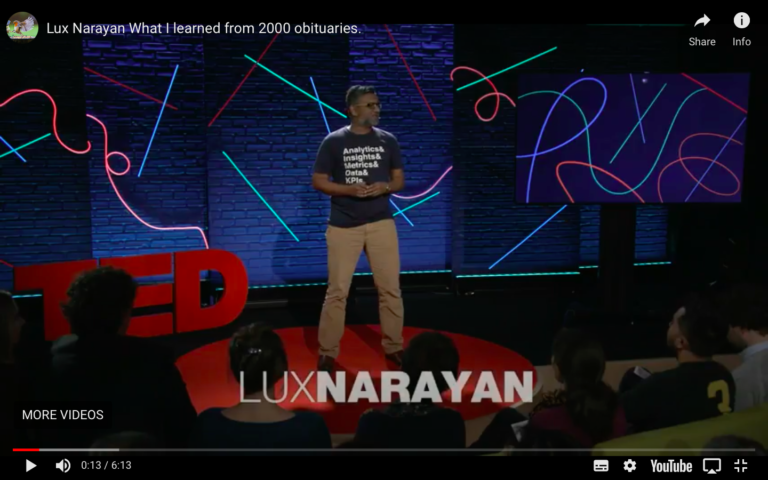
Imagine enduring the process of childbirth if you didn’t know you were pregnant and thought you were ill and in a lot of pain. It would be much more frightening than if you knew, and had known for many months, that you were about to traverse a threshold called ‘childbirth’. You would feel so much more empowered and at peace if you’d learned what you might expect from the process. If you knew how to prepare yourself for it physically, mentally, emotionally and spiritually it would seem more like a journey and less like a dis-ease. Imagine resourcing yourself on all levels so that you felt as equipped as you could be to handle the unknown territory of physical, emotional and mental changes that might ensue.
It is the same with death. Both the joys and the challenges involved at any level of our being have a purpose to them as we cross this threshold. As with birth, the passage of dying and of grieving can be productive and creative. The ways in which you view this ‘dying into something’, whether that’s childbirth, death or grief, will depend on your beliefs. Is death a releasing of the soul, for example, an opportunity for self-realisation, simply a return of the physical body to its component elements? What is that all about for you? What meaning does it hold? Is grief an unwelcome emotion to be avoided at all costs? Or is it a necessary part of being a healthy human, a rite of passage that leads to a deeper knowing of ourselves and beyond?
It may not be straightforward or familiar, but there are ways to prepare ourselves for the end of this physical incarnation, whether that’s our own death or that of someone close to us. Similarly, there are routes to resourcing ourselves to grieve, and to navigate the processes of grief. We can do this with confidence that we can find creative and authentic paths through that serve us. Fear of facing death and grief is what keeps us small and stuck in life – we fear not the loss… of ourselves… of others… but that we will not be able to handle the losses, that they will deplete us and demote us in some way.
Here are some first easy steps to preparing for our own death. Consider the following questions. (You might like to journal your answers and keep them to reflect on yourself or to share with those nearest and dearest to you):
When you imagine your own death, where would you ideally like to die? (e.g. At home, in hospital or hospice, outside, other favourite location?)
What would the environment be like? (e.g. What would you be able to hear, smell, taste, touch, see?)
Who would you like to have with you? Or would you prefer to be alone?
The beauty of your answers to these questions is that they have the potential to highlight for you how better to live your life now. For example:
If there’s an outside space that’s important enough to you for you to want to die there, imagine how you might enhance your wellbeing by spending more time there in life!
If there are people who you’d like to be around you when you die, how might you tend your relationships with them more lovingly in life?
Here are some first easy steps to preparing ourselves to allow grief associated with any loss:
Bring to mind a recent event where you felt a loss. What did that feel like to you? Describe it in detail, for example how it showed up in your body, in your mind and emotions, how it affected your usually patterns of eating, sleeping, working or relaxing, if at all.
Consider how willing you are to feel the emotions and physical changes associated with grief and see if you can practice opening to them more by doing that with smaller losses as they occur each day.
(Some examples of smaller losses might be losing: a small amount of money, non-crucial computer files, a favourite item of clothing, downtime, anticipated affection, attention, gratitude or communication.)
By accepting our work as healthy humans in practising facing death and grief, we empower ourselves to cross these thresholds with compassion and wisdom.




